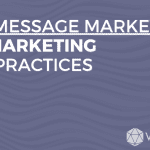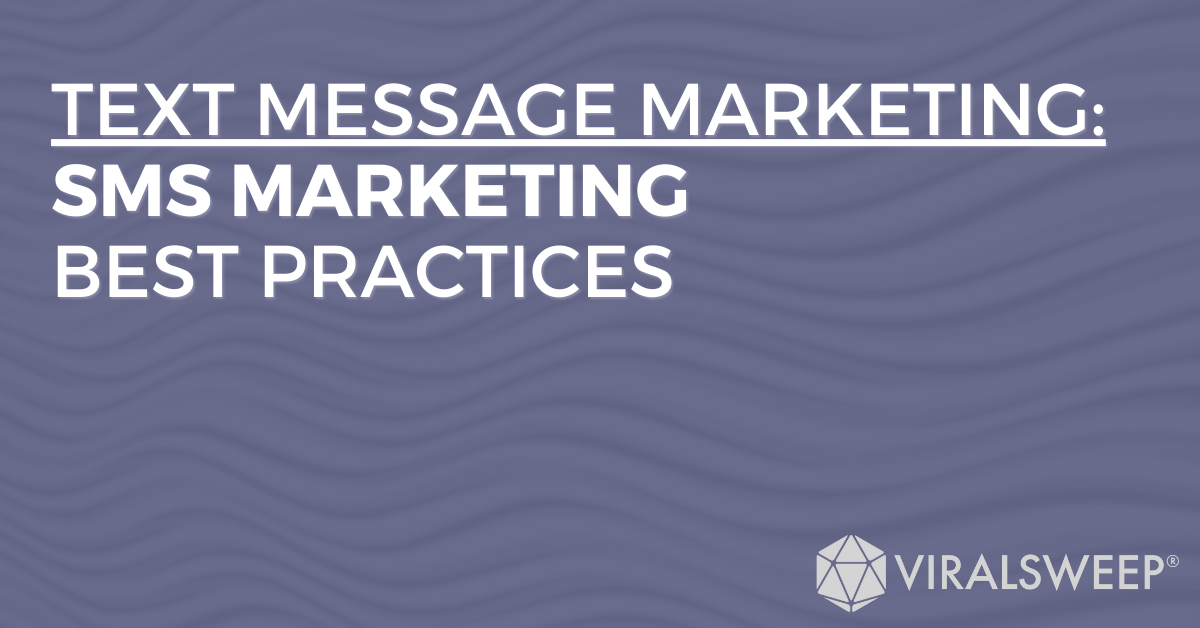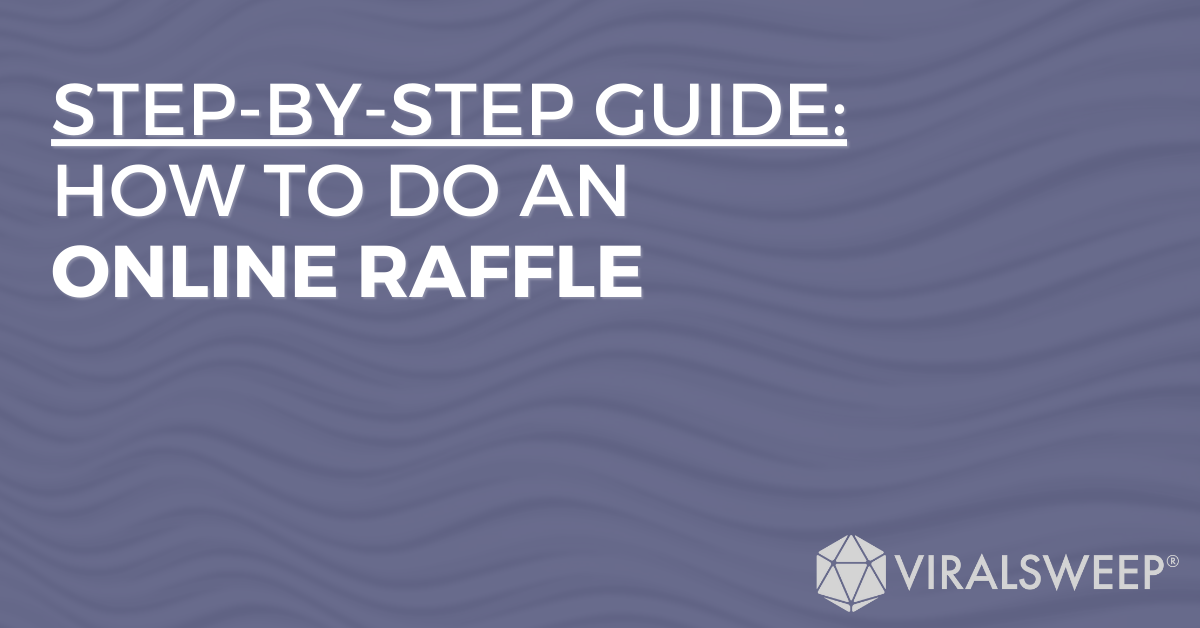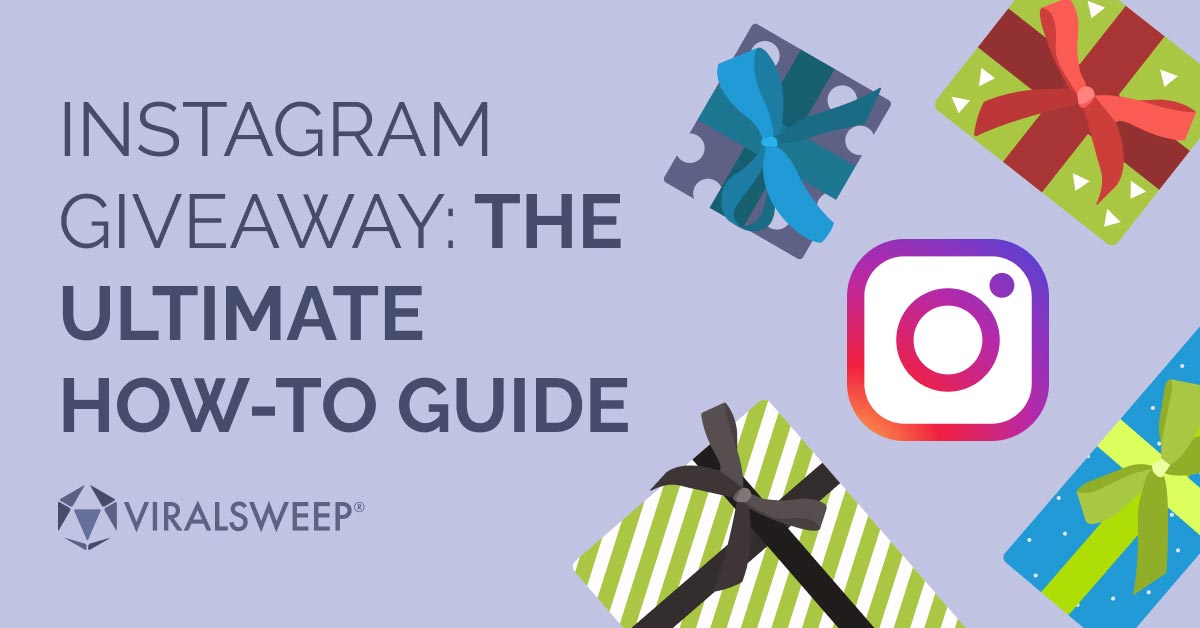SMSs have existed for a while, yet businesses still take advantage of the broad reach and high open rates of text message / SMS marketing. Its effectiveness is due largely to its ability to reach target audiences directly and in near real-time.
SMS (short message service) marketing involves sending SMS messages to existing and potential customers. It is used by businesses of all sizes (particularly in eCommerce) to increase customer engagement, deliver promotions, introduce new products, offer promos, etc.
In this post, we’ll cover what you need to execute SMS marketing effectively. We’ll look at how to get started by building contact lists and creating messages, and discuss the best practices of this particular marketing channel.
We’ll then study some well-executed examples and then go through some tips for maximizing your efforts with SMS marketing campaigns.
Getting Started with SMS Marketing
Getting started with SMS marketing is a little overwhelming. Like everything in marketing (and in life, really 😅), there is a learning curve to ascend, and then you’ll begin thriving in this new area.
This section will cover building your SMS contact list, choosing an SMS marketing platform, creating your first campaign, and optimizing your campaigns. Let’s take a look.
Build Your SMS List
The first step to any successful SMS campaign is building your contact list. You’ll need to identify your target audience and collect their phone numbers to send messages.
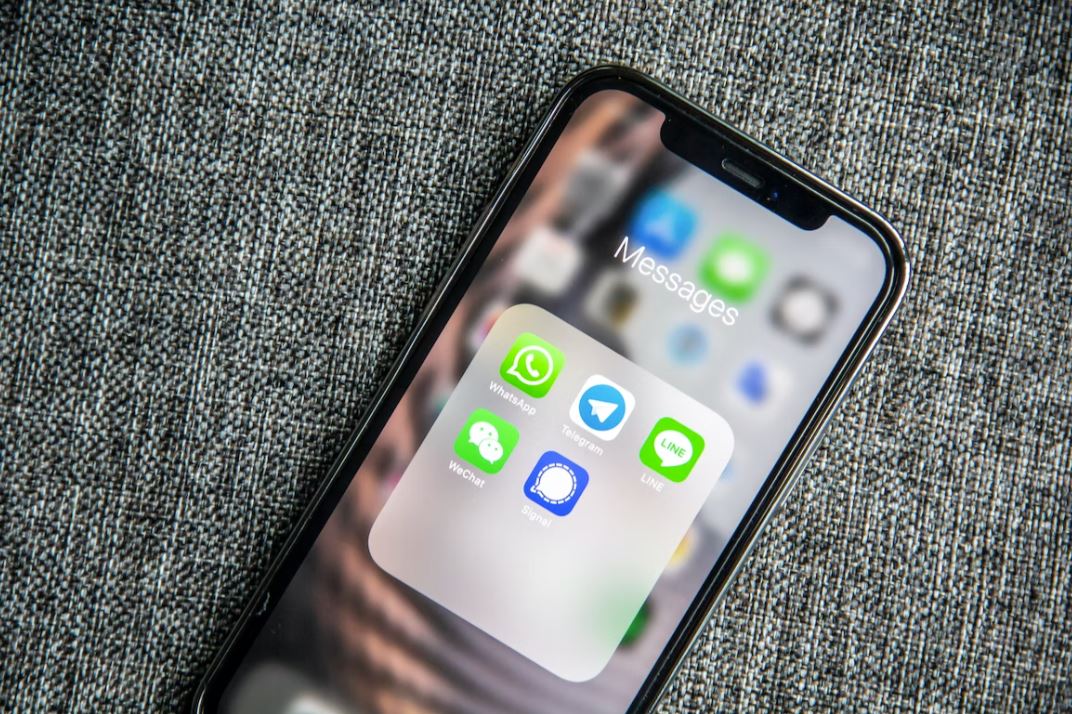

There are a few ways to do this: ask customers to opt-in on a website form, have them text in a keyword, or purchase an SMS marketing list from a third-party provider.
Just make sure that anyone who subscribes has expressly opted in and consented—this will help ensure compliance with data privacy laws.
Data privacy is all the rage at the moment. With policies like the GDPR, you must be careful handling customer data. Ensure you thoroughly understand any regulatory obligations or legal considerations surrounding SMS marketing.
Choose a Text Message Marketing Platform
Like all business tools, the best one for you depends on your budget and specific requirements. When choosing a text message marketing platform, make sure it’s:
- Easy to use.
- Secure.
- Compliant with any relevant regulations.
- Affordable in terms of pricing structure or cost-per-message fees.
It should offer features that help you optimize campaigns, such as automated messages, data segmentation, analytics and reporting capabilities, A/B testing, etc.
In all my readings about marketing, nothing comes up more often than the idea to test, test, and test some more. A/B testing (or split testing) is the feature of the SMS marketing tool that enables you to do this.
Create Your First SMS Campaign
Begin by crafting a message. It needn’t be perfect – you’ll get closer to the perfect message as you iterate. Keep it simple and to the point.
The main reason to keep the message short is that readers expect it to be short and are likelier to read the whole thing (or read it at all) if it’s short.
Your message should also be personal – use merge tags like {name} or {city} to inject personal details about recipients. Include a specific call-to-action (CTA), such as “Reply YES if interested” (and “STOP to opt out”).
Lastly, double-check for typos or other errors before hitting send (a 3rd-party review process will help here).
Test and Refine Your Campaigns
You can start by A/B testing different messages to see which one performs better – try changing the subject line, the content of the message, or even just a small tweak, like using an emoji. The key here is small changes.
You should also use analytics and reporting features to get insights into how users engage with your messages. Look at open rates, engagement rates (i.e., link clicks), and other key performance indicators (KPIs).
With this data, you can adjust to optimize future campaigns further.
Some common optimization steps and changes include:
- Changing the timing of sending out your messages.
- Tweaking the content of your message.
- Segmenting contacts based on interests or behaviors.
SMS Marketing Best Practices
Large and small businesses can benefit from knowing the basics of SMS marketing, helping you craft messages your customers will pay attention to.
Here, we’ll look at five best practices in the SMS marketing field, honed by experts over the years for your benefit. They include personalizing and segmenting messages, considering how often and when you send them, using calls to action, considering compliance and legal issues, and ensuring you analyze your campaign performance.
Personalization and Segmentation
Personalized and segmented messages outweigh generic ones by performance in SMS marketing. Address customers by name to have your message resonate with them better.
Personalization could also include using messaging services like SimpleTexting to automatically merge custom fields into messages, such as purchase history, shipping status, location, etc.
Use segmentation to target different groups of people with different needs or preferences. For example:
- Age groups.
- Location.
- Industry.
- Gender.
- Current customer status (new, returning, etc.).
Timing and Frequency
You don’t want to overwhelm people with too many messages. Consider the type of message you’re sending – for instance, promotional or reminder messages could be sent more frequently than informational ones.
Certain days or times may be better suited than others for your customers. For example, if you’re targeting college students, late-night texts may be less effective than mid-day messaging during typical study hours.
Test different send times and frequency combinations to determine what works best for your target audience.
Calls to Action
Every message should have a clear call to action (CTA) that encourages customers to act. It could be anything from visiting your store or website, signing up for an email list, or responding to your text.
Here are some common calls to action used in SMS marketing:
- Visit our website.
- Sign up for our email list.
- Reply to this message.
- Follow us on social media.
- Download our app.
Give recipients the option to opt out by including something like “STOP to opt out.” Making the recipient feel trapped in a marketing loop they cannot get out of will adversely affect engagement.
Compliance and Legal Considerations
In the US, all messages must include an opt-out option (as mentioned above). Additionally, if you use text message software like SimpleTexting to collect customer information, ensure you comply with the Telephone Consumer Protection Act (TCPA).
This act requires clear consent before any automated messages are sent out. Similar data privacy acts exist worldwide, like GDPR in the EU and POPIA in South Africa.
GDPR requires that you clearly communicate how personal data is collected and how it will be used. You must get explicit consent from customers before using their data and inform them of any third parties involved in the process.
POPIA requires you to ensure the security of your customers’ data and inform them if their personal data is lost or stolen.
Generally speaking, some common legal considerations include:
- Ensuring that customers have given their explicit consent to receive messages.
- Including an opt-out option in all messages.
- Providing clear information on how data is collected and used.
Analyzing Campaign Results
The only way to know if your SMS campaigns are successful is to track and analyze the results. Pay attention to metrics like open rate, click-through rate (CTR), unsubscribe rate, response rate, and engagement rate.
Test different formats (e.g., long vs. short), timing, calls to action, etc., to see which gets the best customer engagement. Then use those insights to optimize your future campaigns.
Split testing is the process of sending different variations of your message to a segment of customers, then analyzing the results and determining which variation performed the best.
Determining what works best for your campaigns takes trial and error. But once you understand how your audience responds to certain messages, you’ll be well on your way to creating effective text message marketing campaigns.
Use Marketing Automation Software
Find text message marketing software to help you reach customers using mass text messaging. Purpose-built SMS marketing services like SimpleTexting, EZ Texting, and Textedly will help you run drip campaigns, offer integrations with CRM tools like Hubspot and Salesforce, have built-in autoresponders, and provide templates and workflows to get you started quickly.
Some of these tools will also have API connectivity, so you can link them up with custom in-house marketing solutions your small business may have.
Some of these messaging apps/marketing programs will have mobile apps so that you can manage your campaigns without access to a PC.
Examples of Successful SMS Marketing Campaigns
SMS marketing has proven to be a highly effective marketing channel for businesses of all sizes and industries. It offers a direct connection to customers, allowing you to quickly reach them with timely messages and promotional offers.
In this section, we’ll learn from some great examples of SMS marketing done in the real world. Let’s take a look at exemplary campaigns from Domino’s Pizza, Subway, Sephora, American Eagle Outfitters, and Starbucks.
Domino’s Pizza
Domino’s has absolutely nailed it with this SMS marketing example. Here’s what they’ve done right:
- Made the writing interesting by using alliteration of the letter D in the first sentence.
- Kept the message brief.
- Explained the product succinctly.
- Provided a code for the reader to use, presumably as a discount or to find the product more easily.
- Included one clickable and visible call to action to convert the reader to a buyer (or browser).
- Included an option for the reader to unsubscribe from marketing SMSs by replying with the word “STOP”.
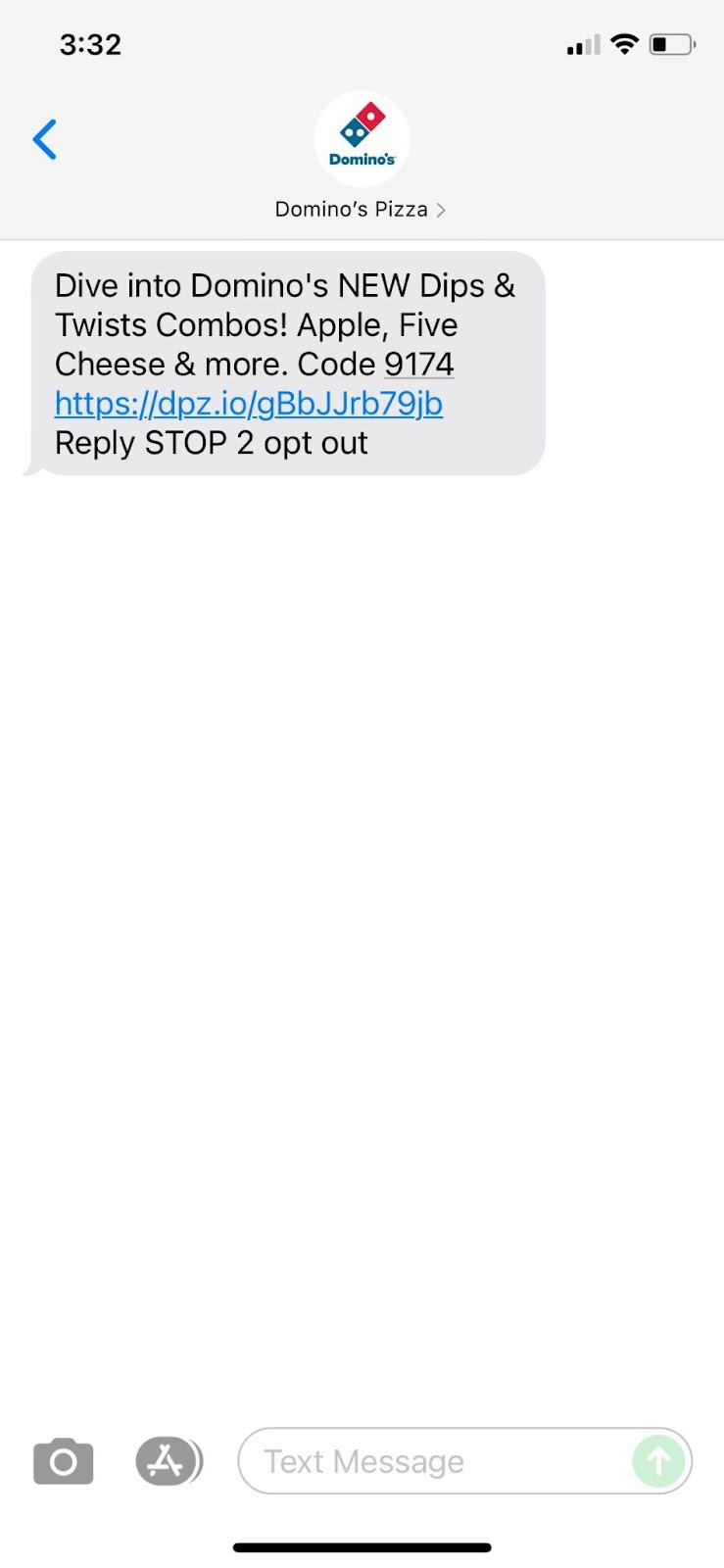

Subway
Subway, one of the great success stories, which once achieved the feat of having the most outlets of any business in the world, is no stranger to good marketing. Their SMS campaign here checks a number of boxes for SMS marketing best practices.
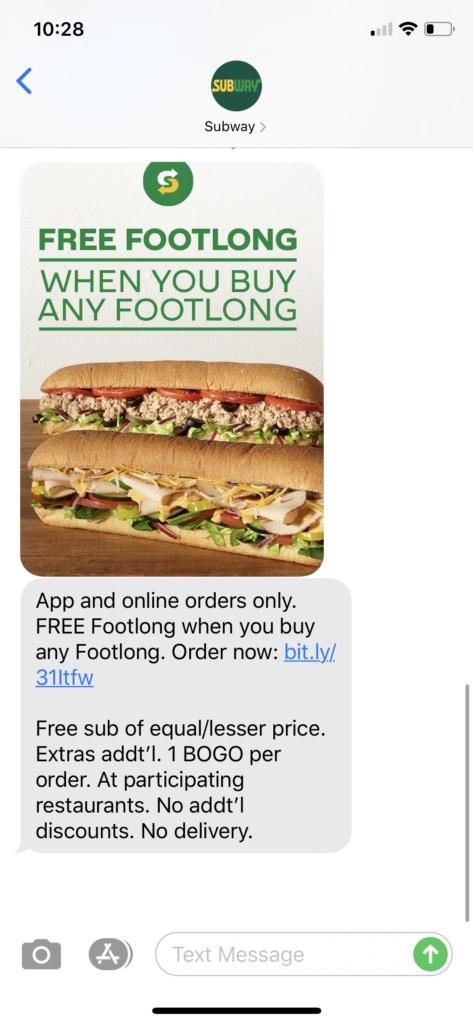

- They’ve included a great visual of the product being offered.
- The first line is compelling: “FREE FOOTLONG.” Most people would struggle to ignore that.
- There is a single call to action in the form of a shortened URL, preceded by “Order now:,” making it very clear what’ll happen when you click it.
- The one place we might criticize them is that the message could be shorter. But ultimately, it’s not an essay a 13-year-old might have written on their BFF’s Facebook wall in 2008, so it’s ok.
- They’ve also stipulated a range of conditions for this deal, like no delivery, app and online orders only, etc.
Sephora
Sephora, a major personal care and beauty product retailer, has put some good work into making this SMS marketing campaign effective and interactive. Let’s run through what they’re doing:
- They start off by asking the reader to opt in to their messaging – a good example of compliance with typical data privacy and outbound marketing regulations, like TCPA or GDPR.
- The first message includes a URL as a call to action and a reply to the initial text as an opt-out or unsubscribe.
- The subsequent messages clearly state what has been subscribed to, they include a link to Sephora’s Ts and Cs and a welcome offer of a 10% off promo code valid for seven days from signup.
- We can see the reader here is attempting to get help by responding with the appropriate code but had to do so twice – perhaps the instruction could have been clearer.
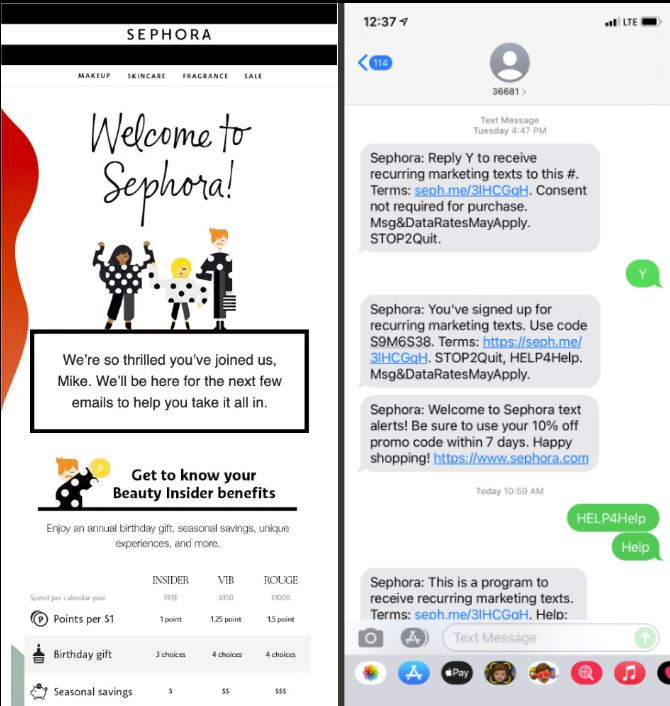

American Eagle Outfitters
The US favorite, American Eagle Outfitters, takes SMS marketing in its stride. You’ve probably been on the receiving end of one of their SMS campaigns yourself. Let’s analyze what they’re doing.
- In case the phone or network doesn’t recognize the sender, they start the message by stating who they are: “AE.”
- The brief message clarifies the offer from the first word: “Get a free…”.
- The conditions are clear and unambiguous – you must spend a certain amount for the offer to be valid.
- Finally, a single call to action in the form of a shortened URL leaves no alternative or uncertainty about what to do next.
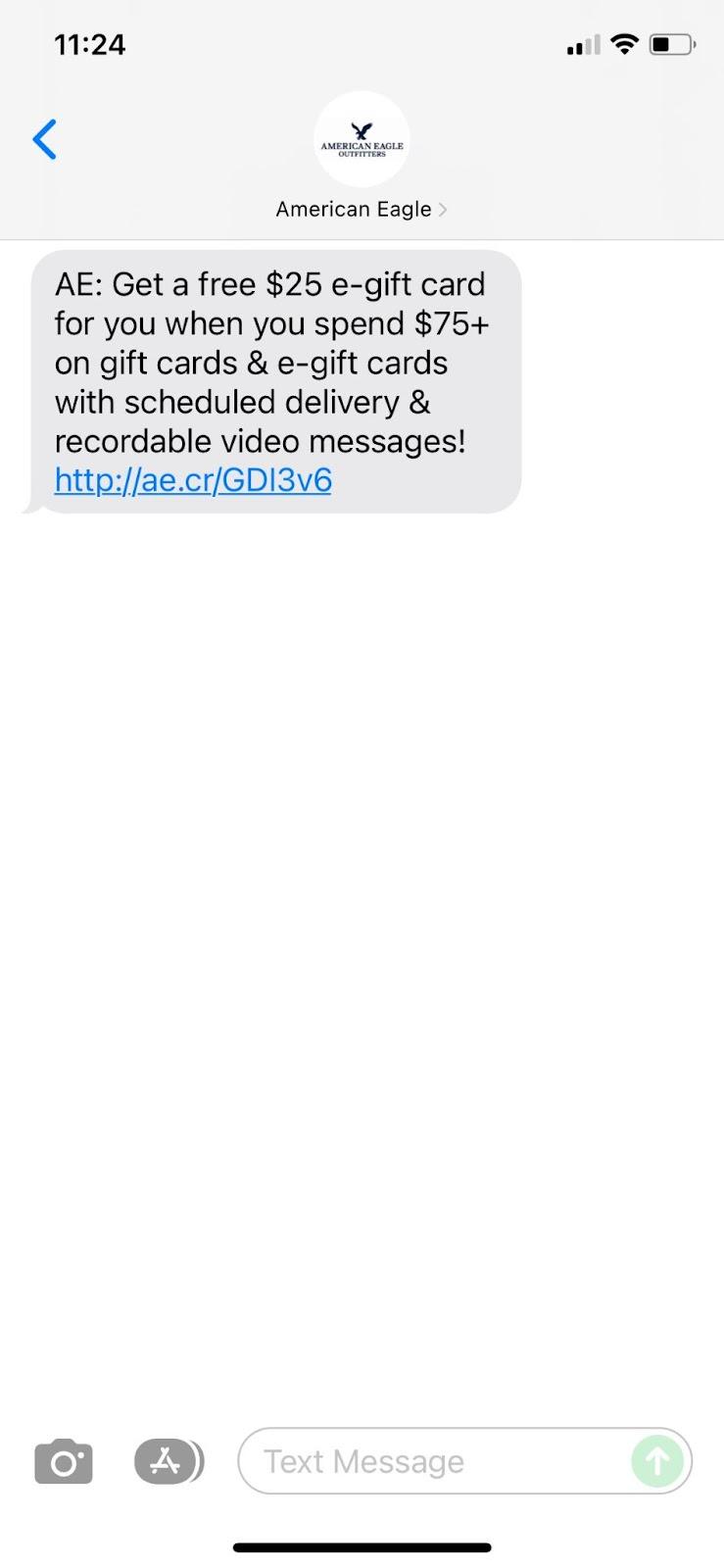

Starbucks
Here’s an innovative SMS marketing strategy from Starbucks, the global powerhouse coffeehouse.
They’re looking to play the long game and earn a customer by having them memorably engage with the brand – using it as a two-way communication channel. This way, the exchange will feel less transactional.
- The campaign starts with a simple question to the reader about their coffee habits: “What’s in your cup?”. This makes it a two-way conversation.
- The reader can then reply and begin the engagement process by replying with a letter corresponding to the multiple-choice answer.
- Crucially, as this is probably an outbound campaign based on the collection of the reader’s number sometime in the past that they may have forgotten about, they are given the option to unsubscribe.
- In the follow-up message, the reader is informed about the distribution of answers to the question they just answered.
- Again, there is no call to action – this is just an awareness play. But they include a hashtag (“sharejoy”) which may encourage the reader to take to social media and post about a recent Starbucks experience.
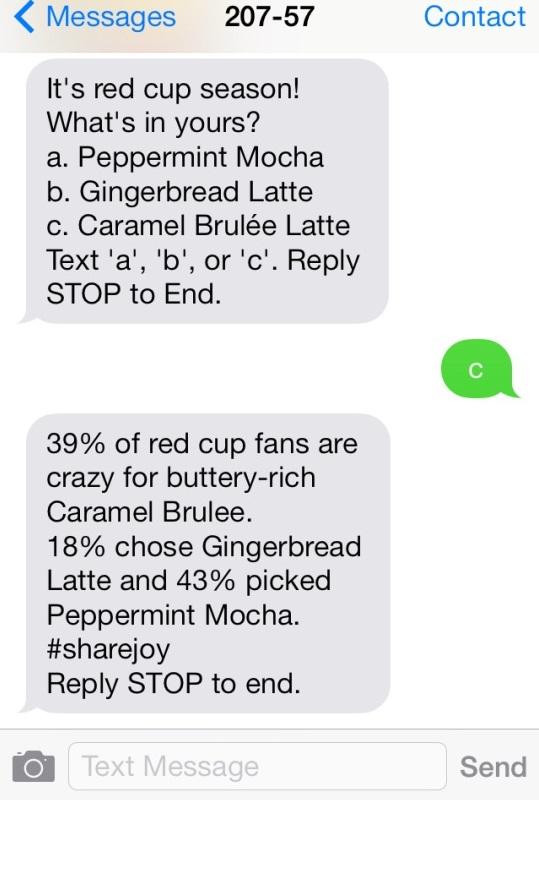

Tips for Maximizing Your SMS Marketing Efforts
SMS marketing is another arrow in your quiver of digital marketing techniques. It can be used effectively, especially when combined with other tactics like email marketing and social media. It’s also powerful with integrations from marketing software like Mailchimp, Hubspot, SalesForce, and Zapier.
It’s quite a remarkable marketing channel: close to 99% of marketing texts are opened and read, compared to numbers in the low teens or even single digits for things like email. Combine that with the probably 5+ billion people who own mobile phones, and you’ve got yourself a massive, engaged audience.
Let’s consider a few tips for maximizing the effect of your SMS marketing efforts.
Build a Targeted List
You need a list of phone numbers you can reach out to. There are various ways to build this contact list; ask customers for their phone numbers when they make a purchase, offer an incentive such as a discount or reward for signing up, and ads on social media.
For example, you might offer a 10% discount for signing up to your SMS notifications. Remember to comply with regulations like the TCPA (Telephone Consumer Protection Act).
Use a Clear Call to Action
When you send out your text, make sure it’s clear what the recipient should do next. Actions range from encouraging them to click through to a specific page on your website or visit a physical location.
For example, a message like ‘Download our new app and get 10% off’ is much better than just ‘Download our new app!’
A good call to action must be:
- Meaningful – does it make sense to the recipient?
- Relevant – is it relevant to your product?
- Specific – is it clear what you’d like them to do?
- Timely – is it likely, or does the data suggest, that they’ll read it now?
Personalize Your Messages
Tailor your message to the individual by using personalized greetings. This will create a more engaging experience.
You can also use dynamic content (i.e., different pieces of content for each recipient) to further improve engagement and tailor messages for them based on past behavior or purchases. An example of this could be a ‘Happy Birthday’ message with a special discount – personalized to the user’s personal details.
Another method of personalizing is to inject personal details into the message body itself. For example, ‘Hi {{name}}, we’ve noticed that you haven’t used your discount code yet – here it is again: {{code}}.’
Use Timing and Frequency Wisely
It’s best to space out your messages rather than send them all simultaneously. Time of day is also a consideration – will they be more receptive in the morning or afternoon?
Consider location, too; if you’re targeting an international audience, remember that different countries across many time zones will require different timing strategies.
Think about how often you should send messages. Too many messages could be seen as spammy, while too few may mean the recipient forgets who you are and what they signed up for.
Optimize for Mobile
This means ensuring your text message is clear and concise and that the body of the message is easy to read on mobile device screens. Include links clickable on phones to help guide new customers and potential customers directly to a page (without having to type out a URL).
Ensure any images used in your text messages aren’t too large (as they can take longer to load) and that the contents of the image can be read on the smaller mobile device.
The case is another thing to consider – some brands prefer all caps (perhaps to inspire urgency?), but I find that difficult to read. Sentence case is a happy compromise.
ViralSweep for a Successful SMS Marketing
In this article, we considered a wide range of topics introducing SMS marketing. We looked at how to get started, a number of best practices, examples of good SMS marketing from brands like Starbucks, and tips for maximizing your campaigns’ performance. Key takeaways include:
- Keep it brief.
- Don’t be spammy (e.g., asking for credit card details immediately).
- Provide an offer or, in lieu of one, make the reader feel involved.
- Personalize your messages.
A powerful platform like ViralSweep can go a long way in assisting with your SMS marketing campaigns. You could:
- Run a giveaway or sweepstakes where you collect cell phone numbers as part of the entry process.
- Run an SMS marketing campaign (using e.g. Textedly) where the call to action is to enter a giveaway which you can run with ViralSweep – helping to cross-pollinate marketing channels.
ViralSweep’s suite of digital marketing-centered apps should be in every marketer’s arsenal. Brands have achieved virality on social media and good improvements in awareness using ViralSweep apps. Read more about marketing strategies you can use ViralSweep for here.

